Home>Gardening & Outdoor>Outdoor Structures>How To Get Rid Of A Wasp Nest In A Shed
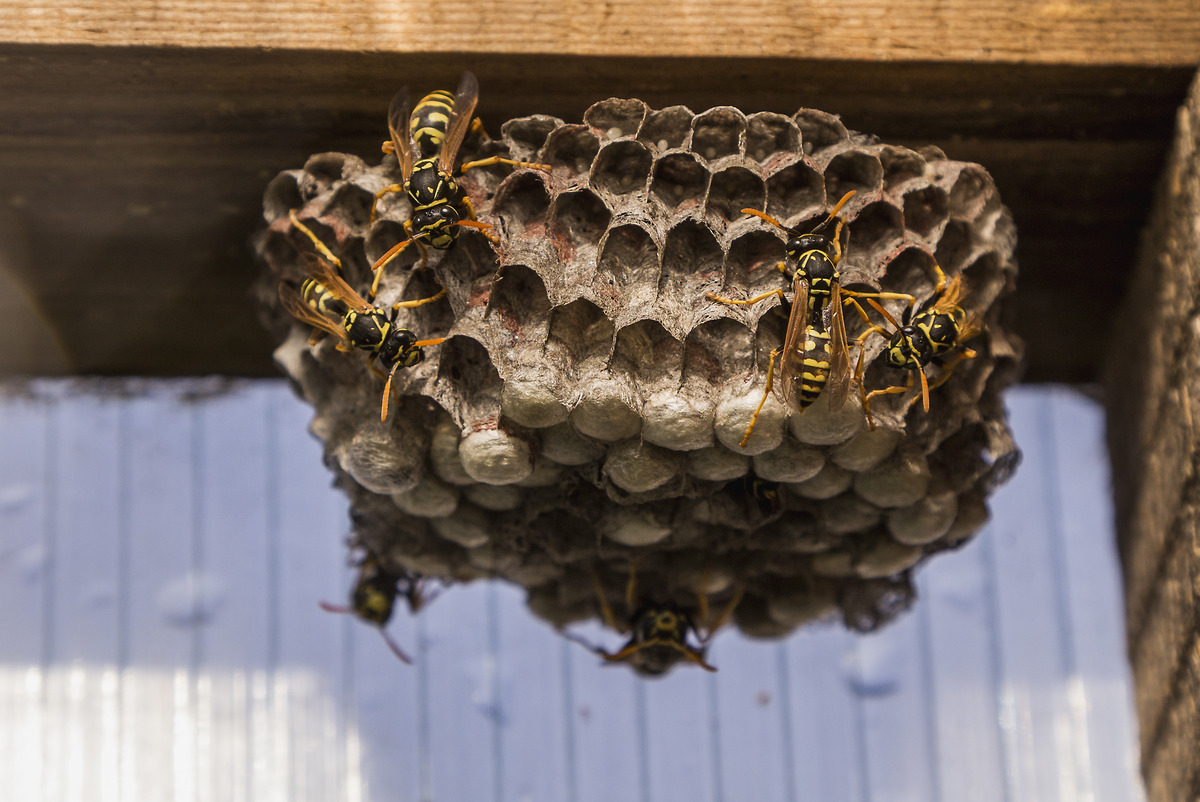

Outdoor Structures
How To Get Rid Of A Wasp Nest In A Shed
Modified: February 13, 2024
Learn how to safely and effectively remove a wasp nest from your outdoor structures with our expert tips and guidance. Protect your shed and outdoor space today!
(Many of the links in this article redirect to a specific reviewed product. Your purchase of these products through affiliate links helps to generate commission for Storables.com, at no extra cost. Learn more)
Introduction
Dealing with a wasp nest in your shed can be a daunting task. Wasps, known for their painful stings and aggressive behavior when their nest is threatened, can pose a significant risk to anyone attempting to remove the nest. However, with the right knowledge and precautions, it is possible to effectively and safely eliminate a wasp nest from your shed.
In this comprehensive guide, we will explore the various methods for identifying, safely removing, and preventing wasp nests in sheds. Whether you prefer a do-it-yourself approach or plan to enlist professional help, this article will equip you with the necessary information to address this common outdoor structure issue.
Before we delve into the specifics of wasp nest removal, it's crucial to understand the different types of wasps and their nesting habits. By gaining insight into these aspects, you will be better prepared to identify the type of wasp nest in your shed and choose the most appropriate removal method. Let's embark on this journey to reclaim your shed from these stinging insects and ensure a safe and wasp-free environment for you and your family.
Key Takeaways:
- Safely removing a wasp nest from your shed requires identifying the nest, prioritizing safety, and choosing the right removal method. DIY or professional help can both be effective options.
- Prevent future wasp infestations by sealing entry points, maintaining the shed, and using decoy nests. Educate others and stay vigilant to ensure a wasp-free shed.
Read more: How To Get Rid Of Wasps In The Attic
Identifying the Wasp Nest
Before initiating the removal process, it’s essential to accurately identify the type and location of the wasp nest in your shed. Different species of wasps construct distinct types of nests, and understanding these variations is crucial for determining the best course of action.
1. Visual Identification: Wasps typically build their nests in sheltered areas, and sheds provide an ideal environment for nesting. Common locations include the eaves, corners, or within any voids or cavities in the shed structure. The appearance of the nest can vary based on the species. Paper wasps, for instance, create open, umbrella-shaped nests, while yellow jackets often build their nests underground or within wall voids.
2. Observing Wasp Activity: Monitoring the comings and goings of the wasps can provide valuable clues about the nest’s location. Observe the flight paths of the wasps, especially during the daytime when they are most active. Additionally, listen for the distinct buzzing sounds that emanate from the nest area.
3. Wasp Species: Familiarizing yourself with the different species of wasps can aid in identification. Common types include paper wasps, yellow jackets, and hornets. Each species has unique nesting behaviors and appearances, which can assist in pinpointing the exact location of the nest.
4. Consulting Experts: If you are uncertain about the type or location of the nest, seeking advice from pest control professionals or entomologists can provide valuable insights. They can offer guidance based on their expertise and may even offer on-site inspections to assess the situation.
By carefully observing the shed and the behavior of the wasps, you can gather crucial information to accurately identify the nest. This knowledge will lay the foundation for implementing the most effective removal strategy, ensuring a successful and safe resolution to the wasp infestation.
Safety Precautions
When dealing with a wasp nest in your shed, prioritizing safety is of paramount importance. Wasp colonies can become highly agitated and defensive when their nest is disturbed, leading to potentially dangerous situations. Before embarking on any removal efforts, it is crucial to adhere to stringent safety precautions to minimize the risk of stings and ensure a secure environment for yourself and others.
1. Protective Clothing: Wearing appropriate attire is essential for safeguarding against potential stings. Opt for thick, long-sleeved clothing, and tuck pants into socks to minimize exposed skin. Additionally, don sturdy gloves, preferably leather or rubber, to shield your hands from stings.
2. Face and Eye Protection: Safeguard your face and eyes by wearing a beekeeper’s veil, a protective hood, or at the very least, a wide-brimmed hat and goggles. This added layer of protection can prevent painful stings to the face and eyes, which can be particularly hazardous.
3. Nighttime Removal: Consider conducting the nest removal at night when the wasps are less active and more likely to be inside the nest. This can reduce the risk of encountering aggressive wasps and minimize the chances of sustaining stings during the removal process.
4. Keep Children and Pets Away: Ensure that children and pets are kept at a safe distance from the shed during the removal process. Alert family members and neighbors about the operation to prevent accidental encounters with agitated wasps.
5. Use of Protective Sprays: If opting for chemical sprays or insecticides, carefully read and follow the product’s safety instructions. Keep in mind that some products may require evacuating the area for a specified duration to ensure safety.
6. Seek Professional Assistance: If you are uncertain about handling the situation or have allergies to wasp stings, it is advisable to seek professional pest control services. Trained professionals have the expertise and equipment to safely and effectively remove the nest while mitigating the associated risks.
By meticulously adhering to these safety precautions, you can significantly reduce the likelihood of stings and ensure a secure environment while addressing the wasp nest in your shed. Prioritizing safety not only protects you and others involved but also facilitates a more efficient and successful nest removal process.
Choosing a Removal Method
Once you have identified the presence of a wasp nest in your shed and taken the necessary safety precautions, the next crucial step is to select a removal method that aligns with the specific circumstances of the infestation. The choice of removal method can be influenced by factors such as the nest’s location, the type of wasps involved, and your comfort level with DIY approaches.
1. DIY or Professional Assistance: Assess the size and accessibility of the nest, as well as your comfort level with handling the removal process. Small, accessible nests may be suitable for DIY removal, provided you have the necessary protective gear and follow recommended safety practices. For larger nests or challenging locations, enlisting professional pest control services is often the safest and most effective option.
2. Non-Chemical Methods: If you prefer non-chemical approaches, consider using physical removal techniques such as knocking down the nest or vacuuming up the wasps. These methods can be effective for smaller nests and minimize the use of potentially harmful chemicals.
3. Chemical Treatments: In cases where the nest is large or challenging to access, using insecticidal sprays or dusts may be necessary. When opting for chemical treatments, select products specifically formulated for wasp control and follow the application instructions meticulously to ensure safety and effectiveness.
4. Smoke or Water-Based Methods: Smoking the nest with a smoker or dousing it with soapy water can also be effective for temporarily subduing the wasps, making it easier to remove the nest. These methods can serve as initial steps before employing further removal techniques.
5. Consider Environmental Impact: When choosing a removal method, take into account the potential environmental impact of the products or techniques used. Opt for eco-friendly options whenever feasible to minimize harm to beneficial insects and the surrounding ecosystem.
By carefully evaluating these factors and considering the specifics of the infestation, you can make an informed decision regarding the most suitable removal method for the wasp nest in your shed. Whether opting for DIY approaches or professional assistance, prioritizing safety and effectiveness is essential for achieving a successful outcome.
Spray the wasp nest with a commercial wasp killer spray at night when the wasps are less active. Wear protective clothing and approach the nest carefully. Wait a few days to ensure all the wasps are dead before removing the nest.
DIY Wasp Nest Removal
For those inclined towards a hands-on approach, tackling the removal of a wasp nest in your shed using do-it-yourself methods can be a viable option, provided it aligns with the size and accessibility of the nest, and you prioritize safety throughout the process. Here are some effective DIY strategies for addressing a wasp infestation:
1. Nocturnal Removal: Conduct the removal operation at night when the wasps are less active and more likely to be within the nest. This can reduce the risk of encountering aggressive wasps and enhance the effectiveness of the removal process.
2. Protective Gear: Prior to approaching the nest, ensure you are equipped with protective clothing, including long sleeves, pants tucked into socks, gloves, and a veil or hat with a net to shield your face and neck from potential stings.
3. Use of Water-Based Methods: A practical DIY approach involves using a mixture of soapy water to douse the nest. This can immobilize the wasps and facilitate the removal process. Exercise caution and maintain a safe distance while applying the solution.
4. Physical Removal: For nests within easy reach, carefully knocking down the nest using a long stick or pole can be an effective method. Once dislodged, place the nest in a sealed plastic bag and dispose of it promptly to prevent any remaining wasps from regrouping.
5. Post-Removal Vigilance: After removing the nest, monitor the area for any residual wasp activity. Seal any entry points or gaps in the shed to prevent future infestations, and consider using decoy wasp nests to deter new colonies from establishing themselves in the vicinity.
6. Caution with Chemicals: If opting for insecticidal sprays or dusts, carefully read and follow the product instructions, and exercise caution to minimize environmental impact and potential harm to beneficial insects.
By approaching the DIY wasp nest removal process with meticulous planning, a focus on safety, and a clear understanding of the chosen removal method, you can effectively address the wasp infestation in your shed. However, it is essential to recognize the limitations of DIY approaches and prioritize professional assistance for larger or challenging infestations to ensure a safe and successful outcome.
Read more: How To Get Rid Of Wasps In Eaves
Professional Wasp Nest Removal
When faced with a sizable or challenging wasp nest infestation in your shed, enlisting the expertise of professional pest control services can offer a safe and effective solution. Trained professionals possess the knowledge, experience, and specialized equipment required to address the infestation comprehensively. Here are the key advantages and considerations associated with professional wasp nest removal:
1. Expert Assessment: Pest control professionals conduct a thorough assessment of the infestation, identifying the type of wasps, the nest’s location, and the extent of the infestation. This comprehensive evaluation informs the most suitable removal approach.
2. Specialized Equipment: Pest control experts are equipped with specialized gear and tools, including protective clothing, insecticidal products, and application equipment, enabling them to safely and efficiently remove the nest.
3. Safe and Controlled Removal: Professionals employ proven techniques to remove the nest while minimizing the risk of stings and ensuring the safety of the surrounding environment. Their expertise allows for precise and controlled removal, reducing the likelihood of agitating the wasps.
4. Post-Removal Measures: Following the nest removal, professionals can provide guidance on preventive measures to deter future infestations. This may include sealing entry points, implementing deterrents, and offering insights into minimizing attractants for wasps.
5. Compliance with Regulations: Pest control services are well-versed in local regulations and environmental considerations, ensuring that the removal process adheres to legal requirements and minimizes the impact on the ecosystem.
6. Peace of Mind: By entrusting the task to professionals, you can have peace of mind knowing that the infestation is being handled by trained experts, reducing the associated risks and ensuring a successful resolution.
While professional wasp nest removal offers numerous benefits, it is essential to engage reputable and licensed pest control services. Prioritize providers with a track record of safe, ethical practices and a commitment to minimizing environmental impact. By choosing professional assistance, you can effectively address challenging infestations and safeguard your shed and surrounding areas from the perils of a wasp nest.
Preventing Future Infestations
After successfully removing a wasp nest from your shed, taking proactive measures to prevent future infestations is crucial for maintaining a wasp-free environment. By implementing preventive strategies and addressing conducive conditions, you can minimize the likelihood of a recurring infestation and ensure long-term protection for your outdoor structure. Here are effective measures to prevent future wasp infestations:
1. Seal Entry Points: Inspect the shed for potential entry points, including gaps, cracks, and openings, and seal them using caulk or weather-stripping. Pay particular attention to areas around windows, doors, vents, and eaves where wasps may gain access.
2. Regular Maintenance: Maintain the shed and its surroundings by promptly addressing any structural damage, such as loose siding or roofing, as these can create opportunities for wasps to establish nests. Keep the exterior well-maintained to discourage nesting sites.
3. Remove Attractants: Minimize factors that attract wasps by keeping outdoor food and beverage areas clean, promptly disposing of food scraps, and ensuring that garbage bins are tightly sealed. Additionally, consider using wasp-repelling plants such as spearmint, thyme, and eucalyptus around the shed.
4. Decoy Nests: Install decoy wasp nests in and around the shed. These decoys, resembling actual wasp nests, can deter new colonies from establishing themselves, as wasps are territorial and tend to avoid areas already claimed by other colonies.
5. Professional Inspection: Schedule periodic inspections by pest control professionals to assess the shed for potential nesting sites and address any emerging issues before they escalate into full-blown infestations.
6. Educate and Alert: Inform family members, neighbors, and visitors about the previous infestation and the precautions in place to prevent future occurrences. Encourage vigilance and prompt reporting of any signs of wasp activity to address potential issues early.
By integrating these preventive measures into your shed maintenance routine, you can significantly reduce the risk of future wasp infestations. This proactive approach not only safeguards your shed and its occupants but also contributes to a more secure and enjoyable outdoor environment, free from the perils of recurring wasp nests.
Conclusion
Dealing with a wasp nest in your shed demands careful consideration, proactive measures, and a commitment to safety. By identifying the nest, prioritizing safety precautions, and selecting the most suitable removal method, you can effectively address the infestation and reclaim your shed from these stinging insects. Whether opting for a DIY approach or seeking professional assistance, the successful removal of the nest marks a significant step toward ensuring a secure and wasp-free environment for you and your family.
It is essential to recognize that preventing future infestations is equally crucial. Implementing preventive measures, such as sealing entry points, maintaining the shed, and minimizing attractants, can significantly reduce the likelihood of a recurring infestation and contribute to a long-term solution.
Throughout this process, prioritizing safety and environmental considerations remains paramount. By wearing protective gear, exercising caution with removal methods, and choosing eco-friendly approaches whenever feasible, you can address the infestation while minimizing risks to yourself and the surrounding ecosystem.
Remember, when in doubt or faced with a challenging infestation, seeking professional pest control services is a prudent choice. Trained experts possess the knowledge, equipment, and experience to ensure a safe and effective resolution to the infestation, providing peace of mind and long-term protection for your shed.
By combining vigilance, knowledge, and proactive measures, you can safeguard your shed from the perils of wasp nests and create a secure outdoor space for leisure and activities. With these insights and a commitment to ongoing maintenance, you can enjoy a wasp-free shed and a safer, more enjoyable outdoor environment for years to come.
Frequently Asked Questions about How To Get Rid Of A Wasp Nest In A Shed
Was this page helpful?
At Storables.com, we guarantee accurate and reliable information. Our content, validated by Expert Board Contributors, is crafted following stringent Editorial Policies. We're committed to providing you with well-researched, expert-backed insights for all your informational needs.
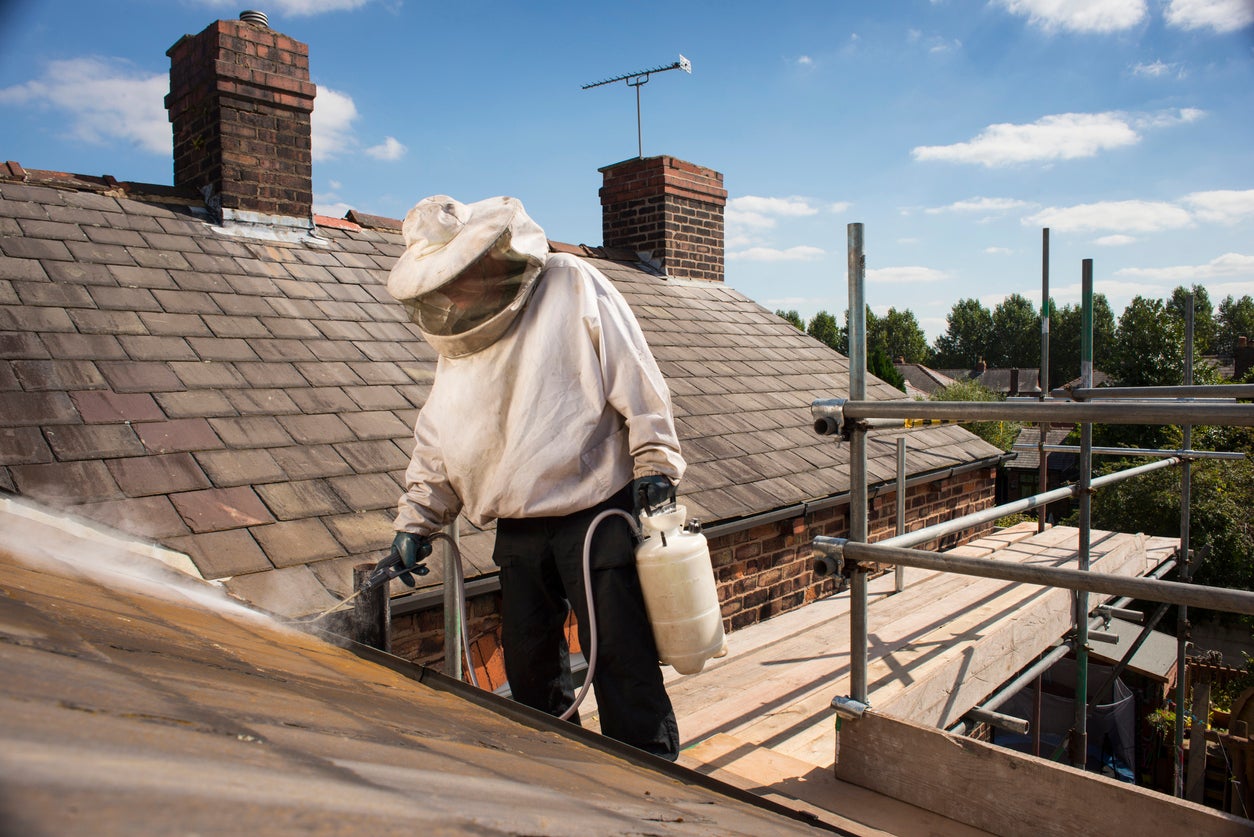
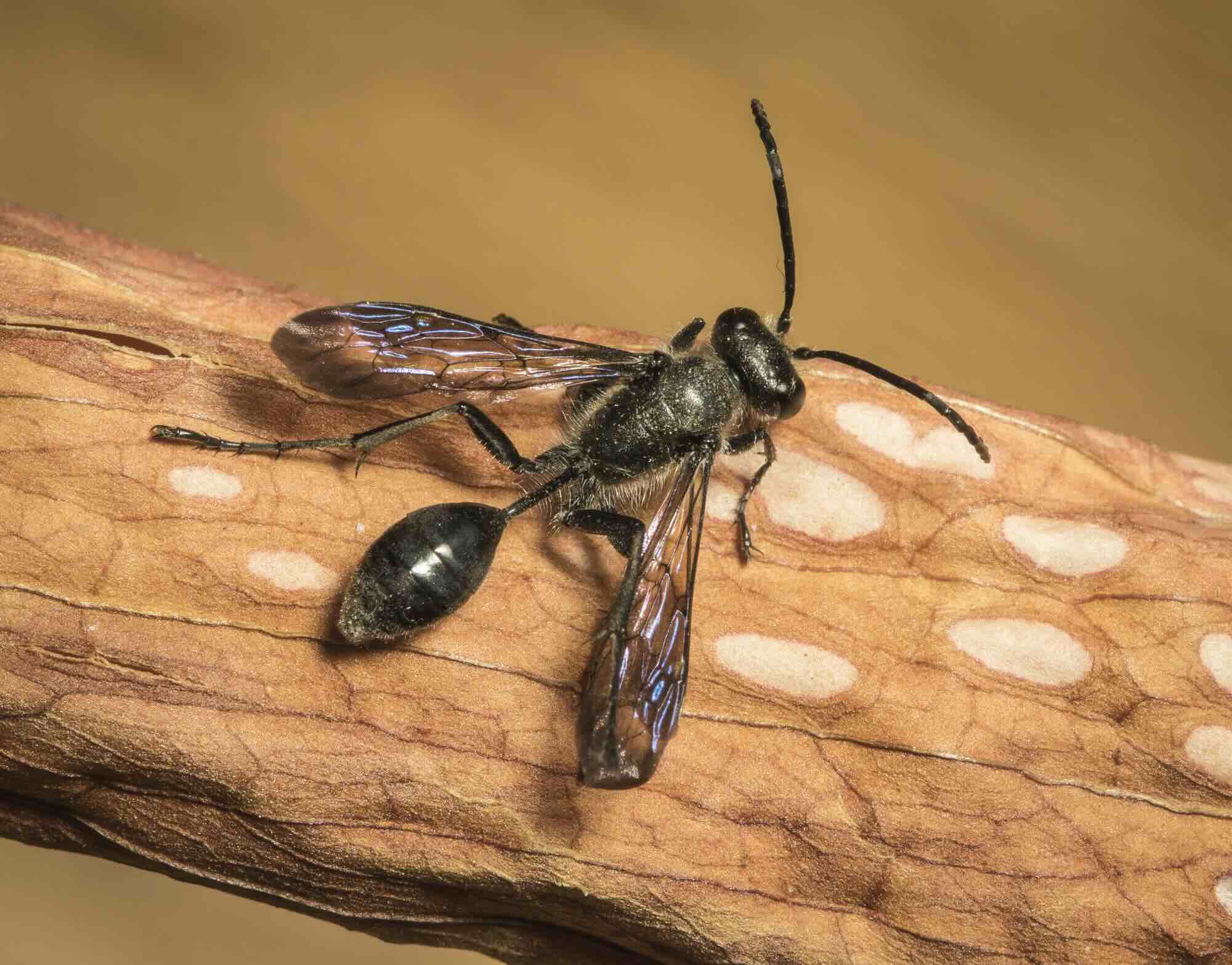
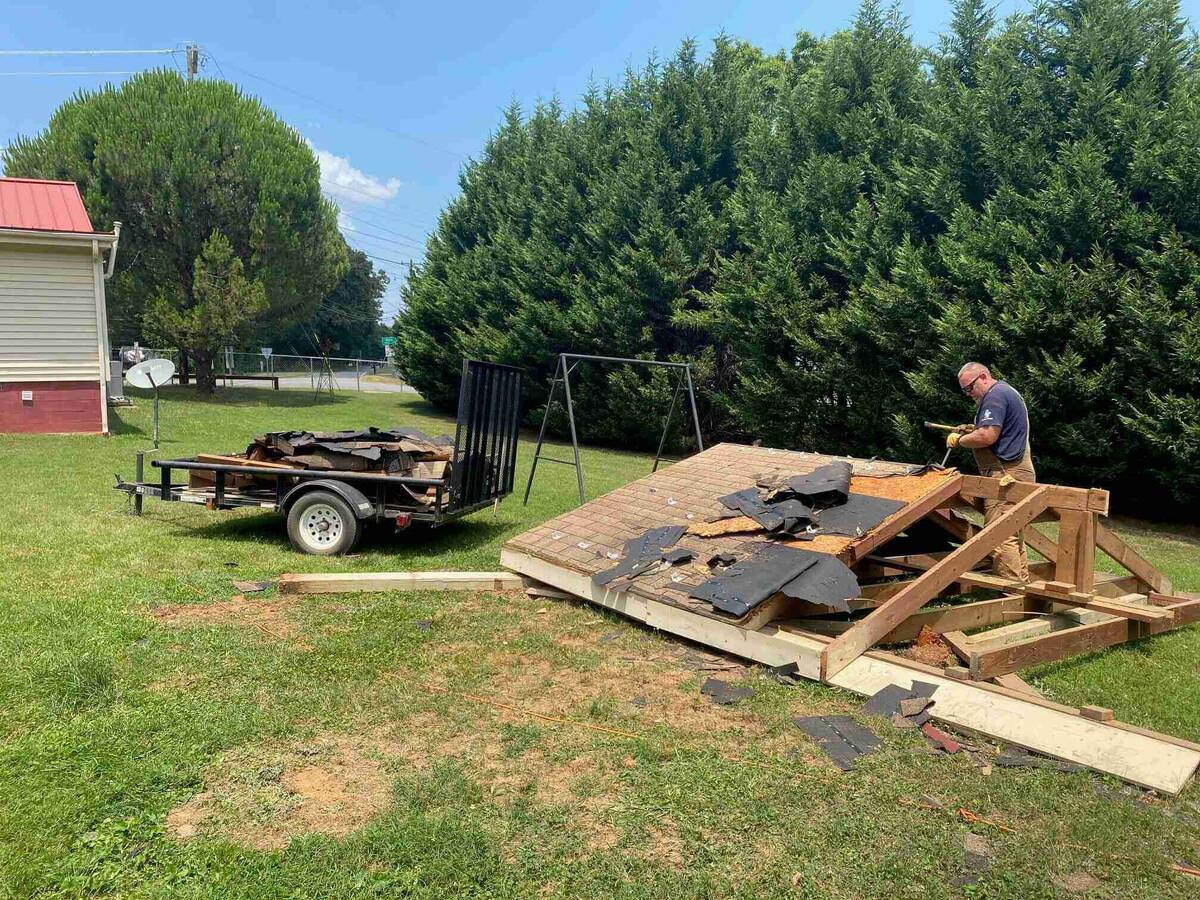
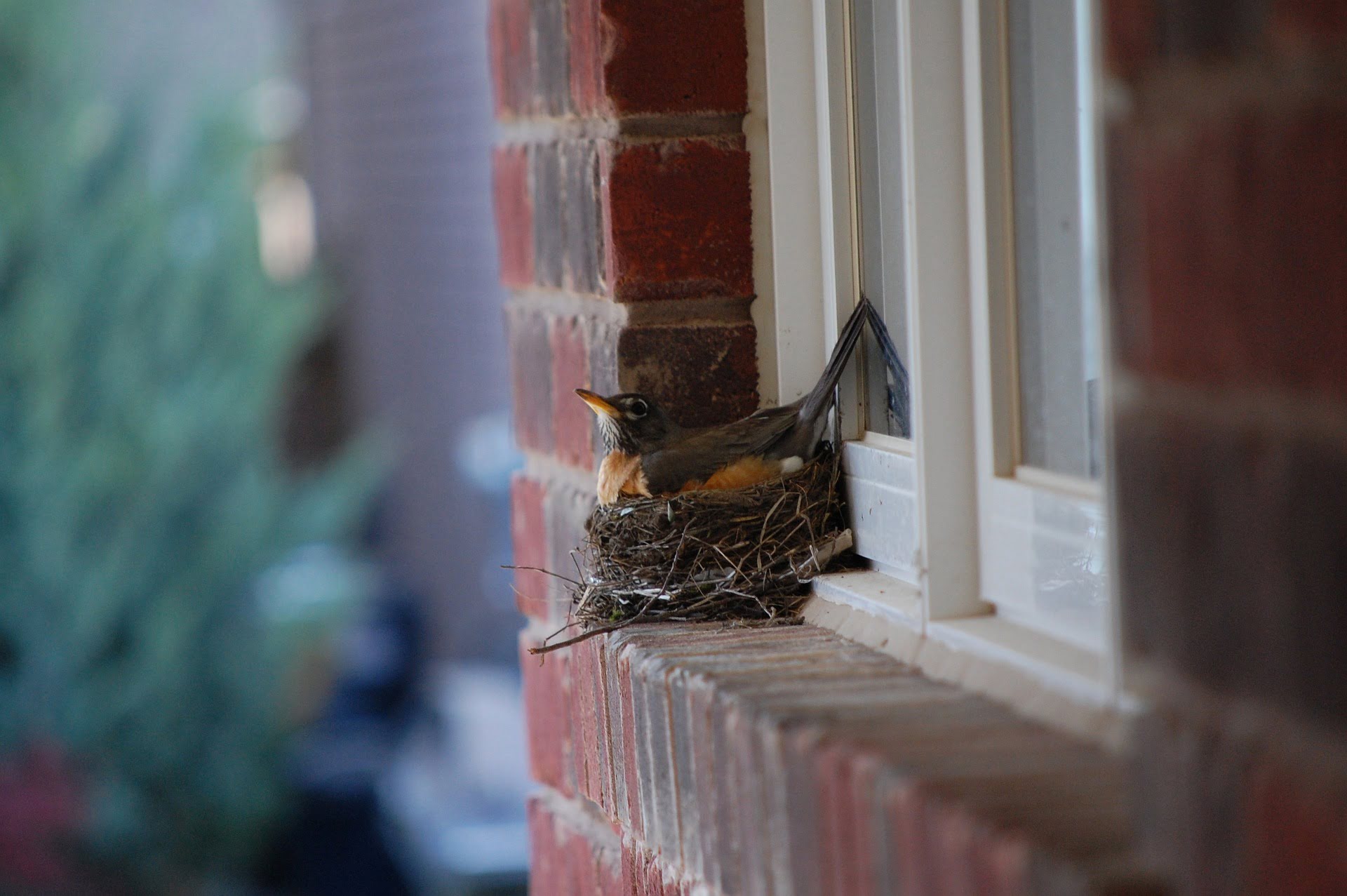
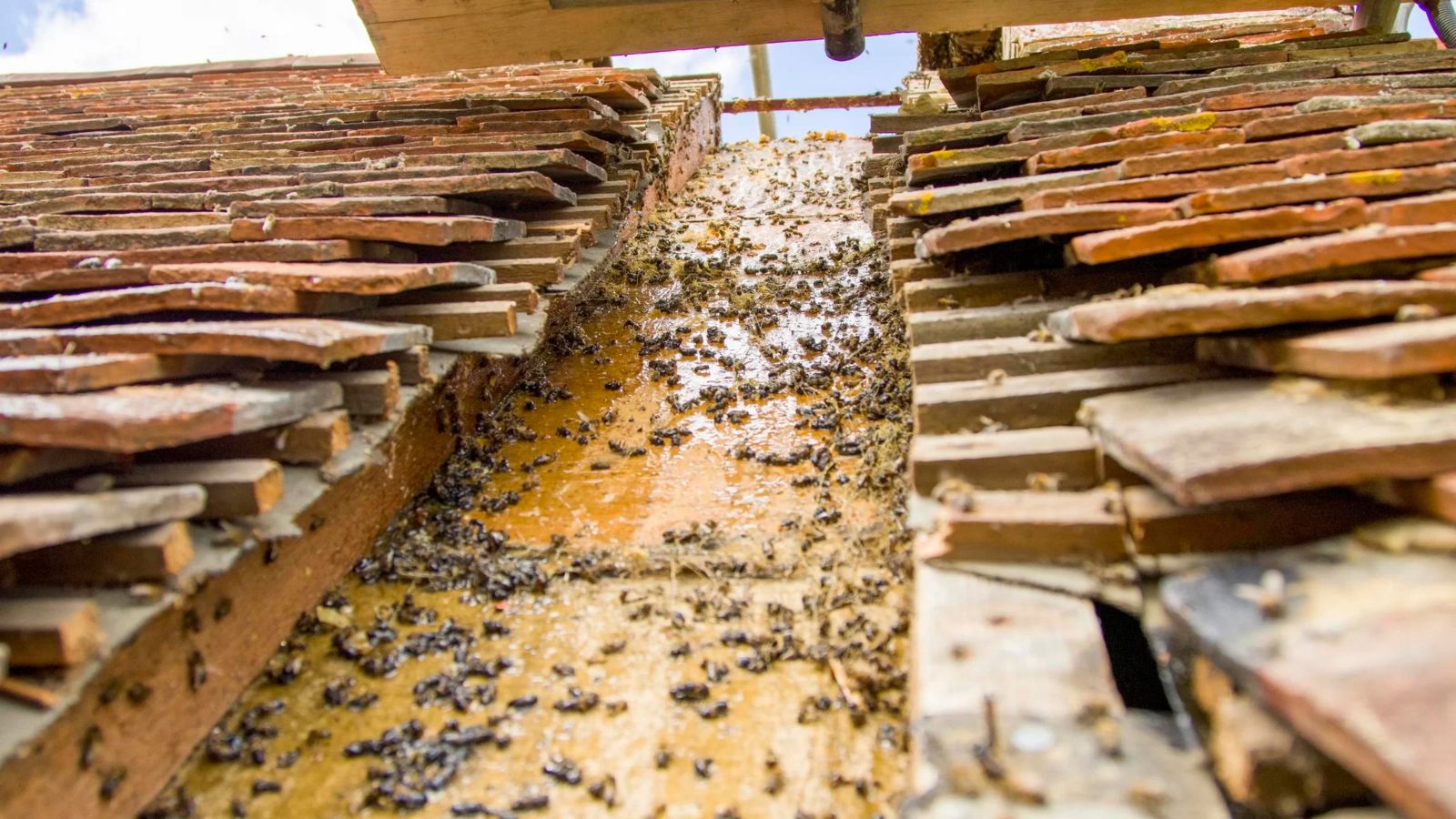
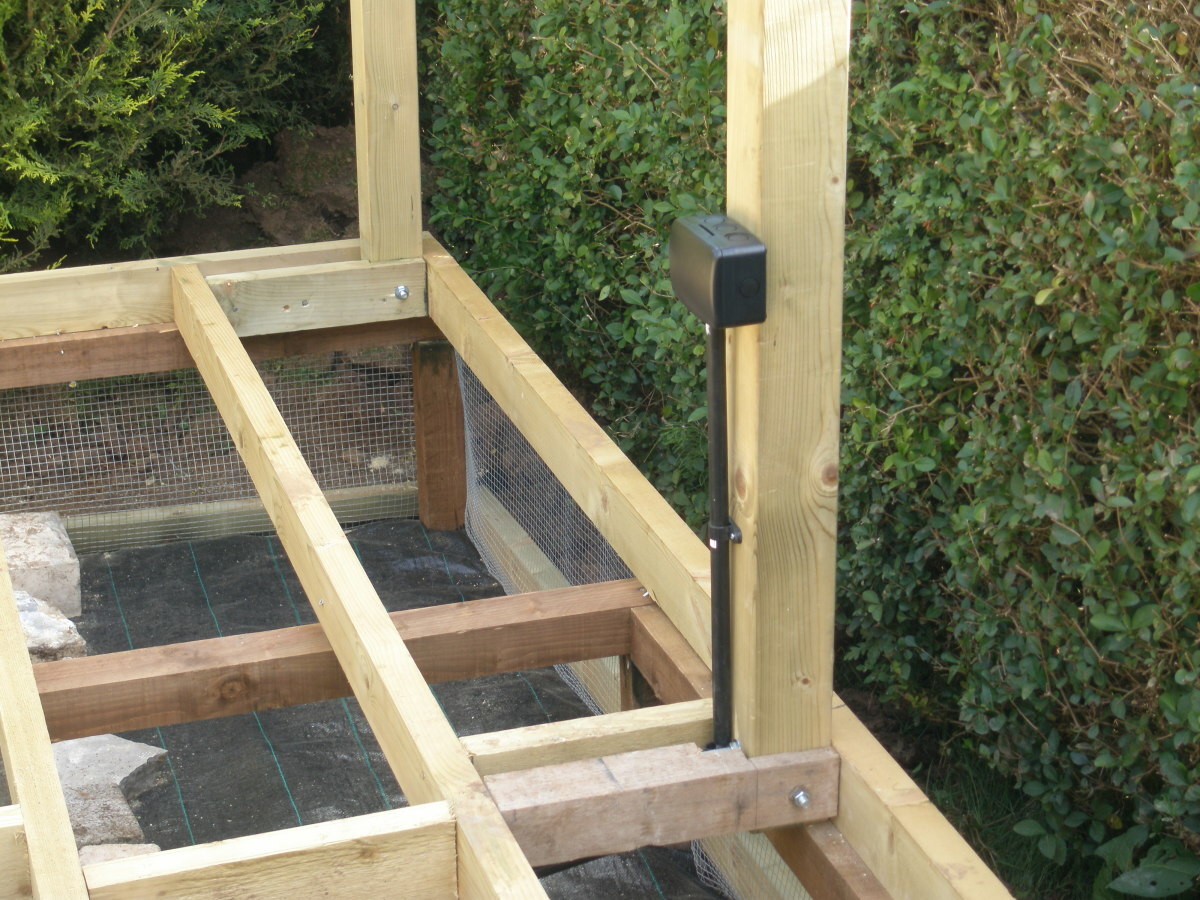
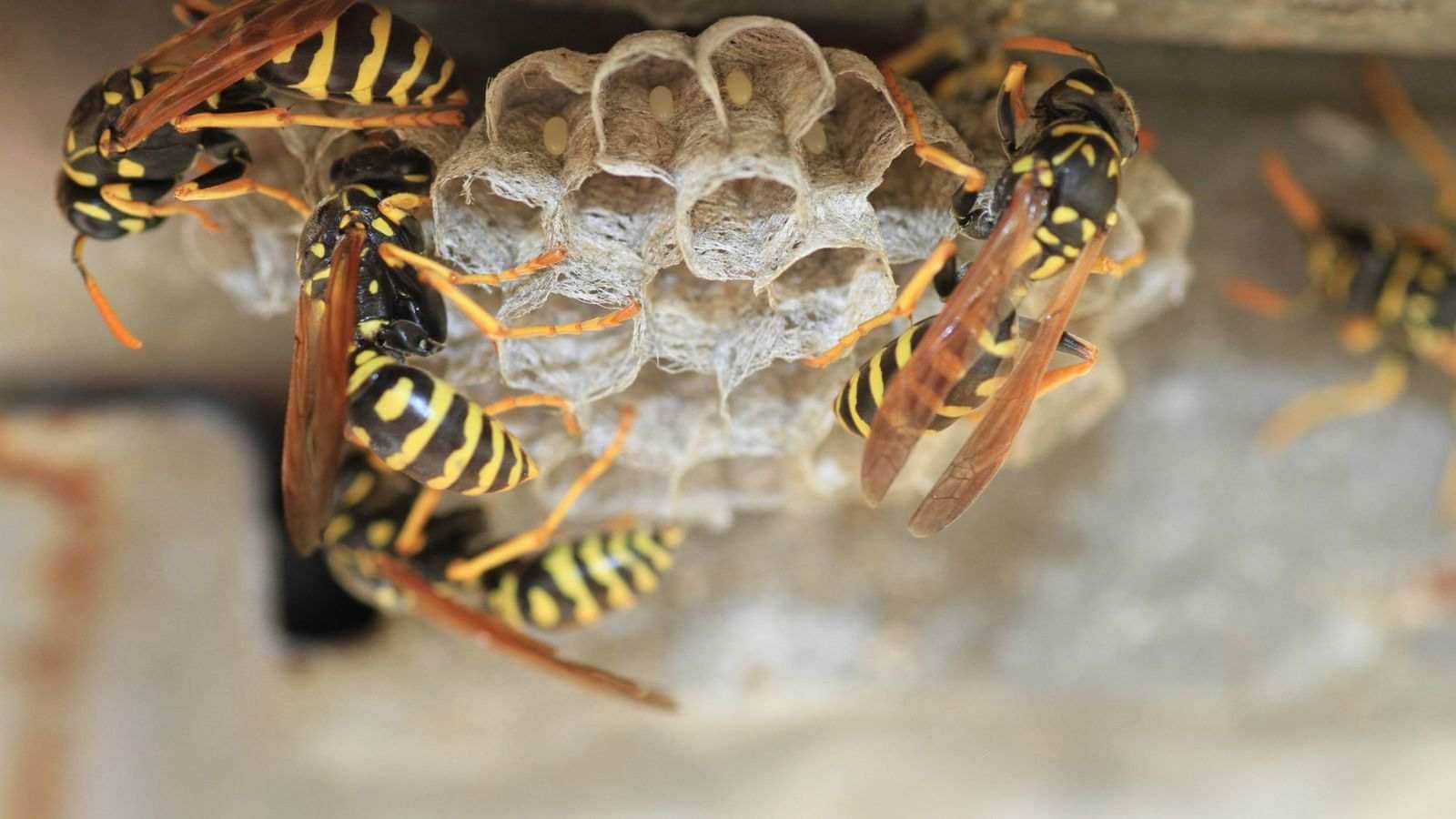
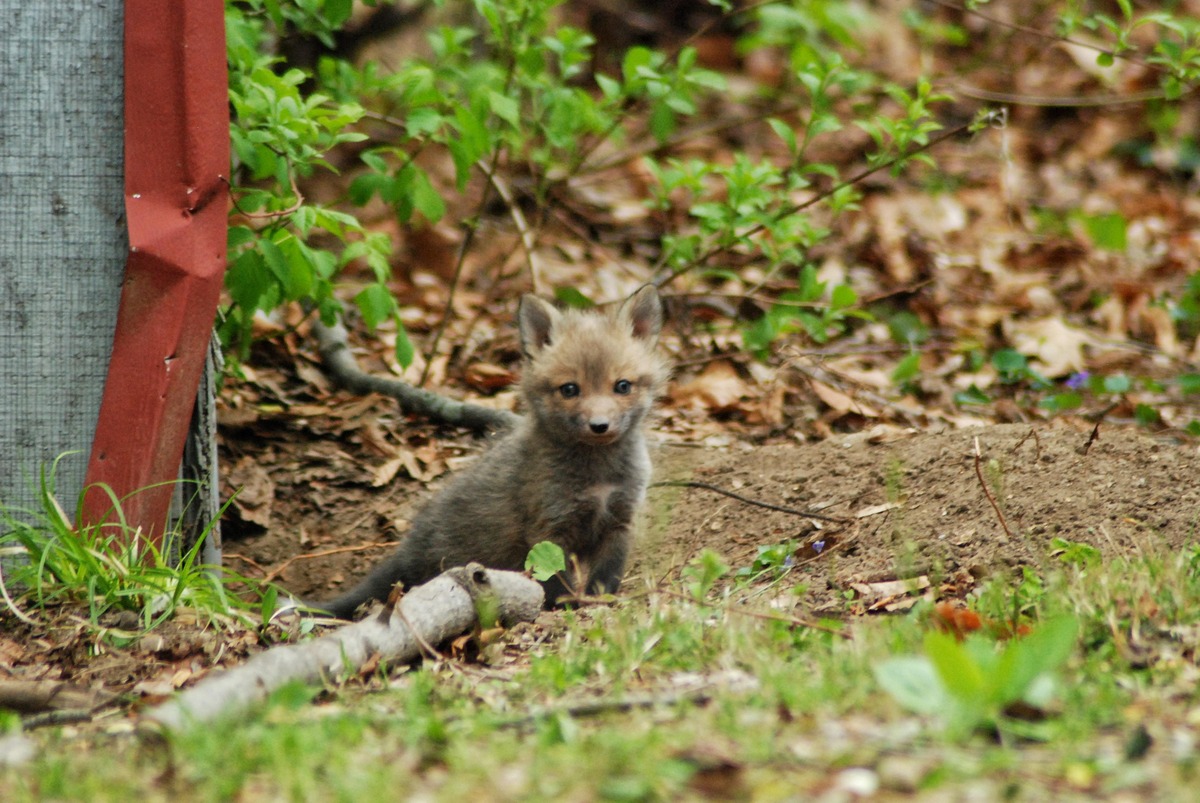
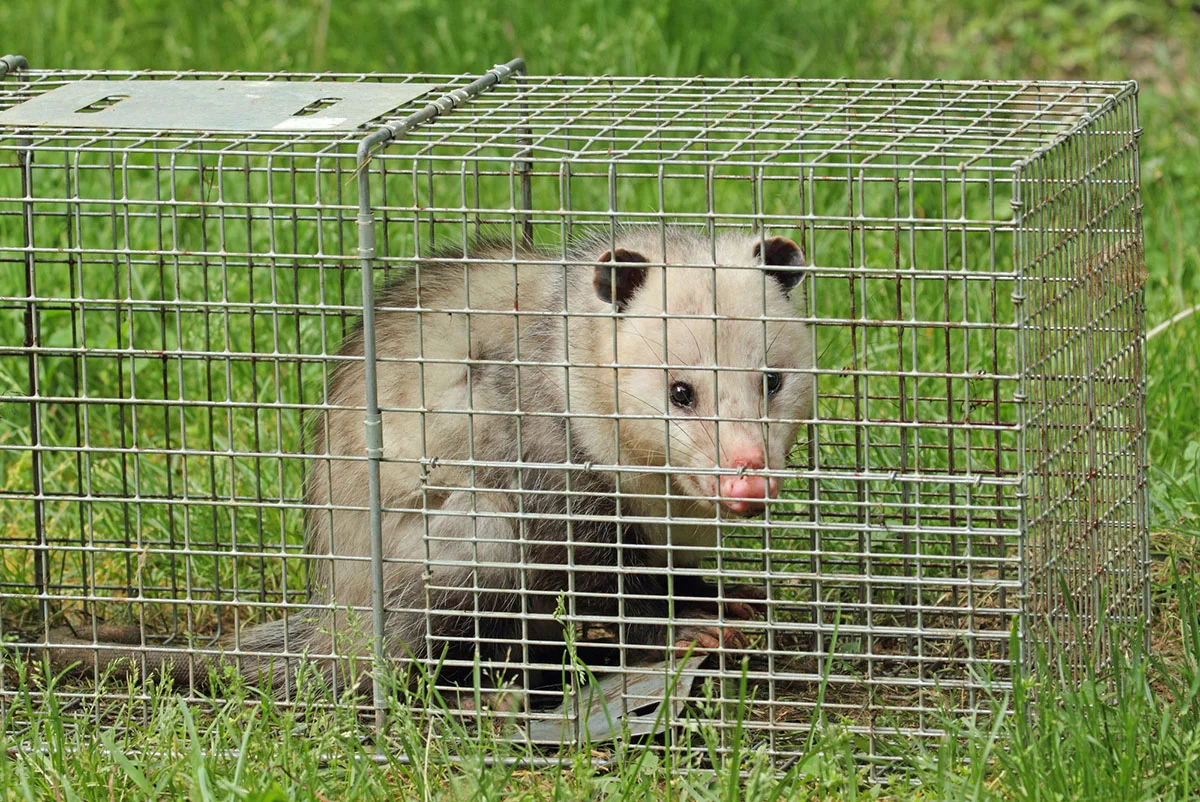
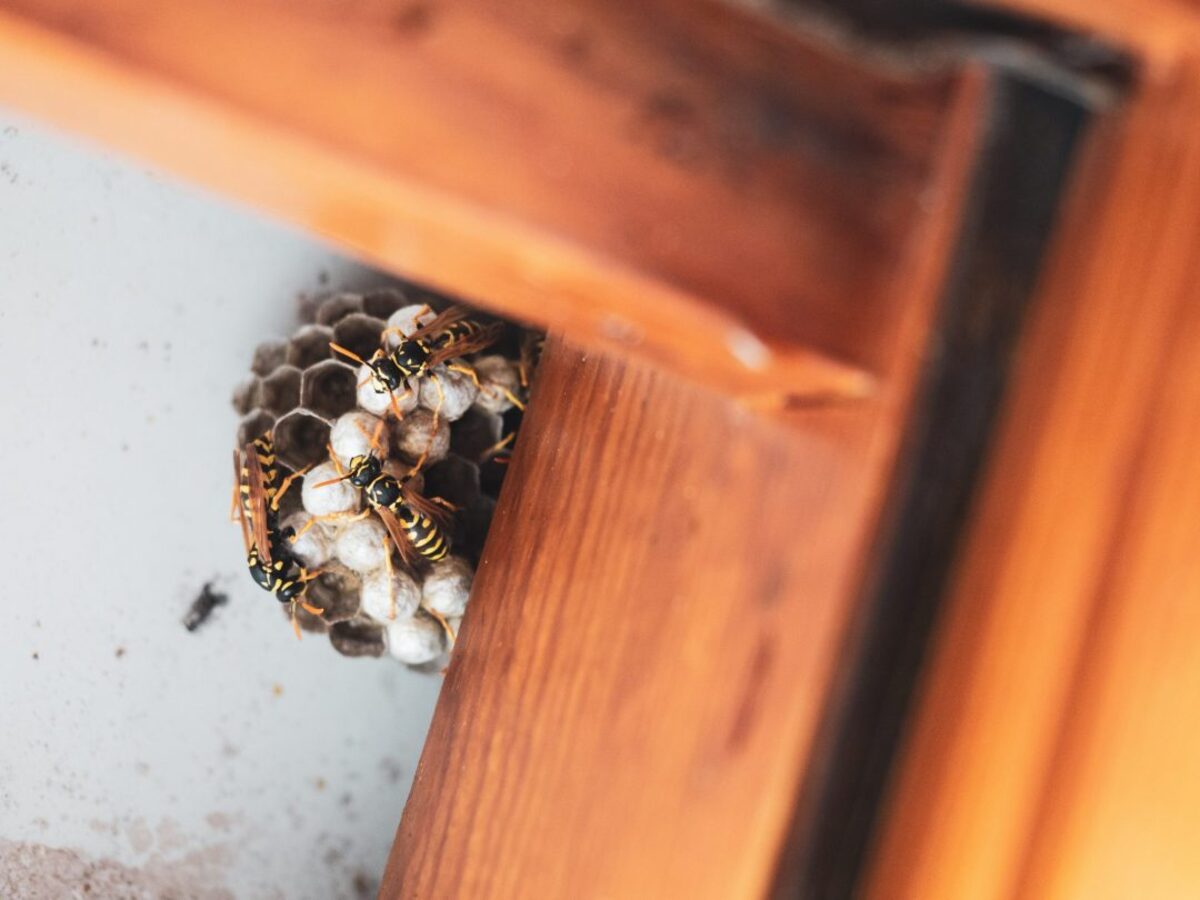





0 thoughts on “How To Get Rid Of A Wasp Nest In A Shed”